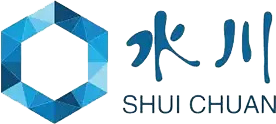The motivation for an exhaustive selection of the right basic dyes is to create brilliant shades that guarantee product quality in the textile manufacturing world, a fast-changing environment. Because of their brilliant shades and excellent color-fastness on a wide range of substrates, the basic dyes are popular among the buyers all around the globe. Being aware of these dyes' implications for production, application techniques, and interaction with different fabrics greatly influences production efficiency and customer satisfaction.
At a time when the demand for color consistency and sustainability seems to be on the rise in the global market, it is required for buyers to be well acquainted with recent advancements and trends in the area of basic dyes. The present blog highlights seven vital considerations concerning the best basic dyes contemporary with you. This involves some of the considerations surrounding performance, environmental consciousness, and sourcing that will allow you to make choices that will be in good alignment with your targets as well as your clients' expectations.
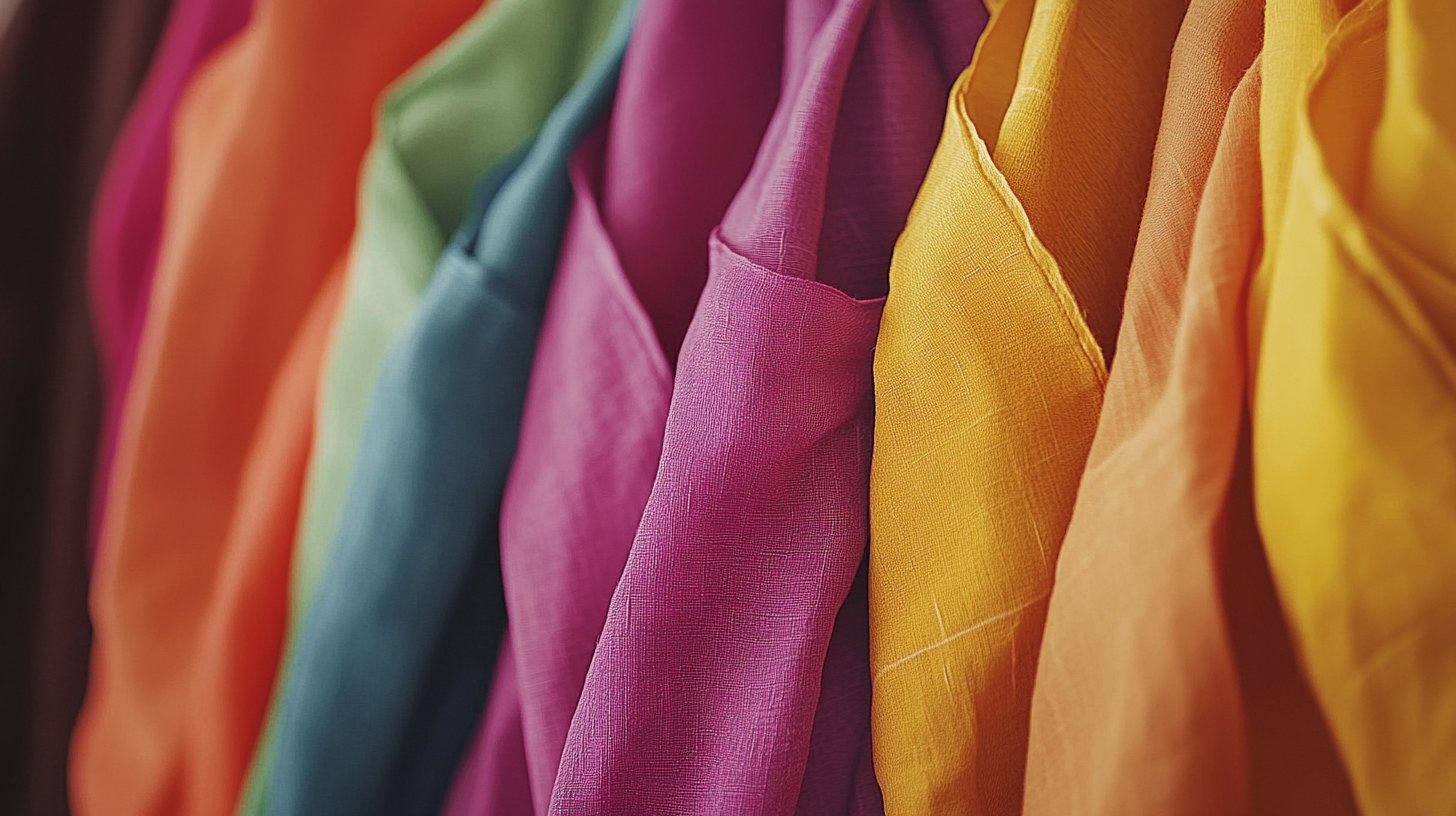
Basic dyes usually have a bright one or more than one colors and, being cationic, bind easily to negatively charged substrates. This property is suitable for dyeing with acrylics, some textile or paper types, and a few other uses. The primary advantage of basic dyes is the intensity of colors they yield; however, this must be taken into consideration along with issues like lightfastness and washfastness during application. Many basic dyes have found their own specific applications. Some will be textile-based or most suitable for paper or leather. Buyers should also consider the dyeing process because different types of basic dyes need different conditions, such as different pH levels and mordants, to achieve optimal results. In addition, some emerging sustainable products are being offered in the market to cater to these ever-growing demands for green products. Such understanding is important for all global purchasers to make information decisions about buying. By learning about the properties and uses of different basic dyes, buyers can be better placed to navigate markets with appropriate dyes for their case.
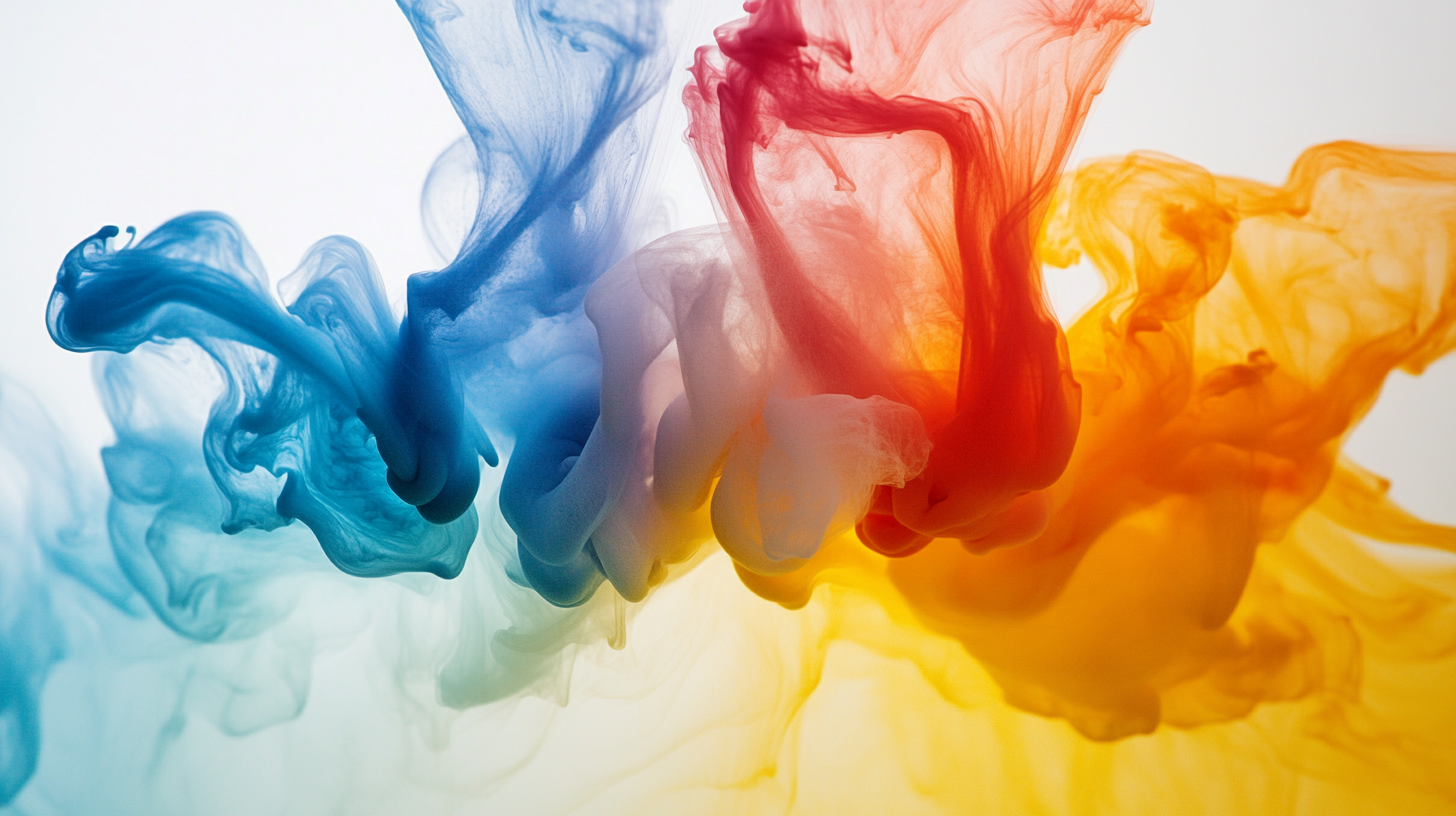
Consideration for basic dye selection primarily depends on efficiency-determining factors. These factors relate to giving a color to the substrate in conjunction with the factorial role these dyes have in different applications, particularly in biology and materials science. On the buyer's side, it means that the compatibility of the dye with the particular substrate and stability of the dye are important considerations, as well as the techniques for application. For example, in biological staining protocols in which precision of visualization is required, basic dyes may be bought for use in staining procedures where quality and consistency are synonyms.
Progress with fluorescent probes for target cell populations has brought to the fore the importance of dye selection in scientific endeavors. A considerable emphasis is placed on the corresponding dyes for discriminating M2 macrophages from the other cellular populations. This puts considerable pressure on dye interaction with the target cells for specific applications, which could then sway the experimental design as results would be quite sensitive to this interaction.
Dye selection is increasingly factored by sustainability. With an increase in global concern about environmental issues, buyers are encouraged to assess the environmental effects of the dyes they choose. This means searching for alternatives that meet performance criteria but are also acceptable under environmental standards. Considering the above factors, buyers could ensure the most appropriate basic dyes for their specific projects.
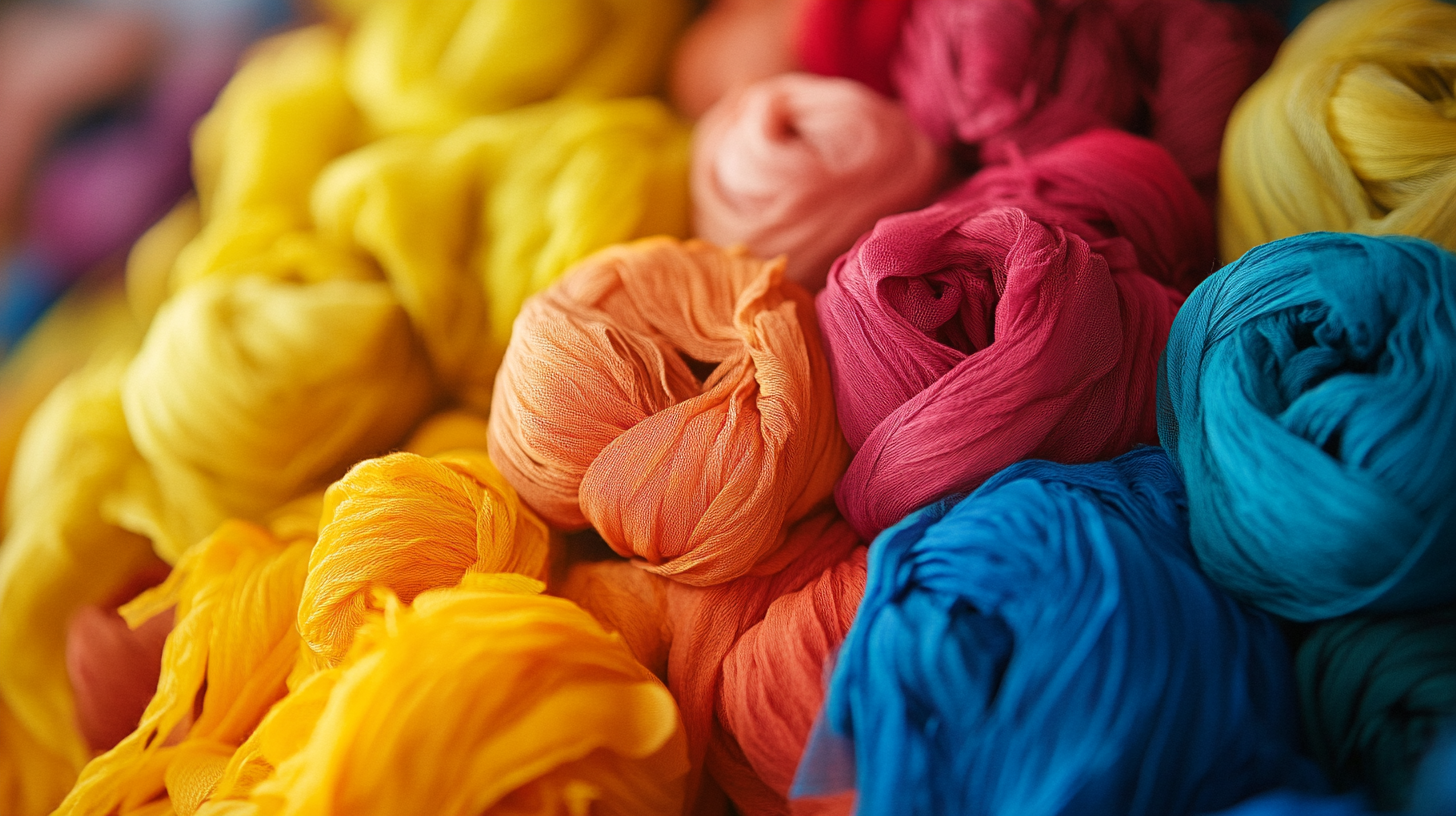
The global arena for sourcing basic dyes is key in meeting the needs of different industries that include textiles and food processing. The basic dyes' suppliers are many, ranging from established players to newcomers in various regions. A study of key suppliers will show their products and highlight certain factors that are currently influencing dye markets around the world.
The leading basic dyes suppliers have fine-tuned their production techniques for quality, consistency, and sustainability. A number of these companies invest significantly in Research and Development to innovate and formulate new dyes to comply with ever-changing environmental regulations. For example, those suppliers located in Europe and North America tend to emphasize ecological products in the market; Western consumers and businesses favor such products in an effort to shrink their carbon footprint. On the other hand, those suppliers located in Asia command a larger volume of production with more competitive pricing, which attracts a different market segment.
The geographical distribution of these suppliers, therefore, tells much about shipping, lead times, and regional regulations. Through this geographical aspect, global buyers can use the combination of supplier capabilities with geographical insight to make more thorough purchasing decisions in line with their operational requirements. In conclusion, by analyzing these suppliers, therefore, businesses are empowered to improve their sourcing strategies while remaining responsive to the ever-evolving trends of the global dye market.
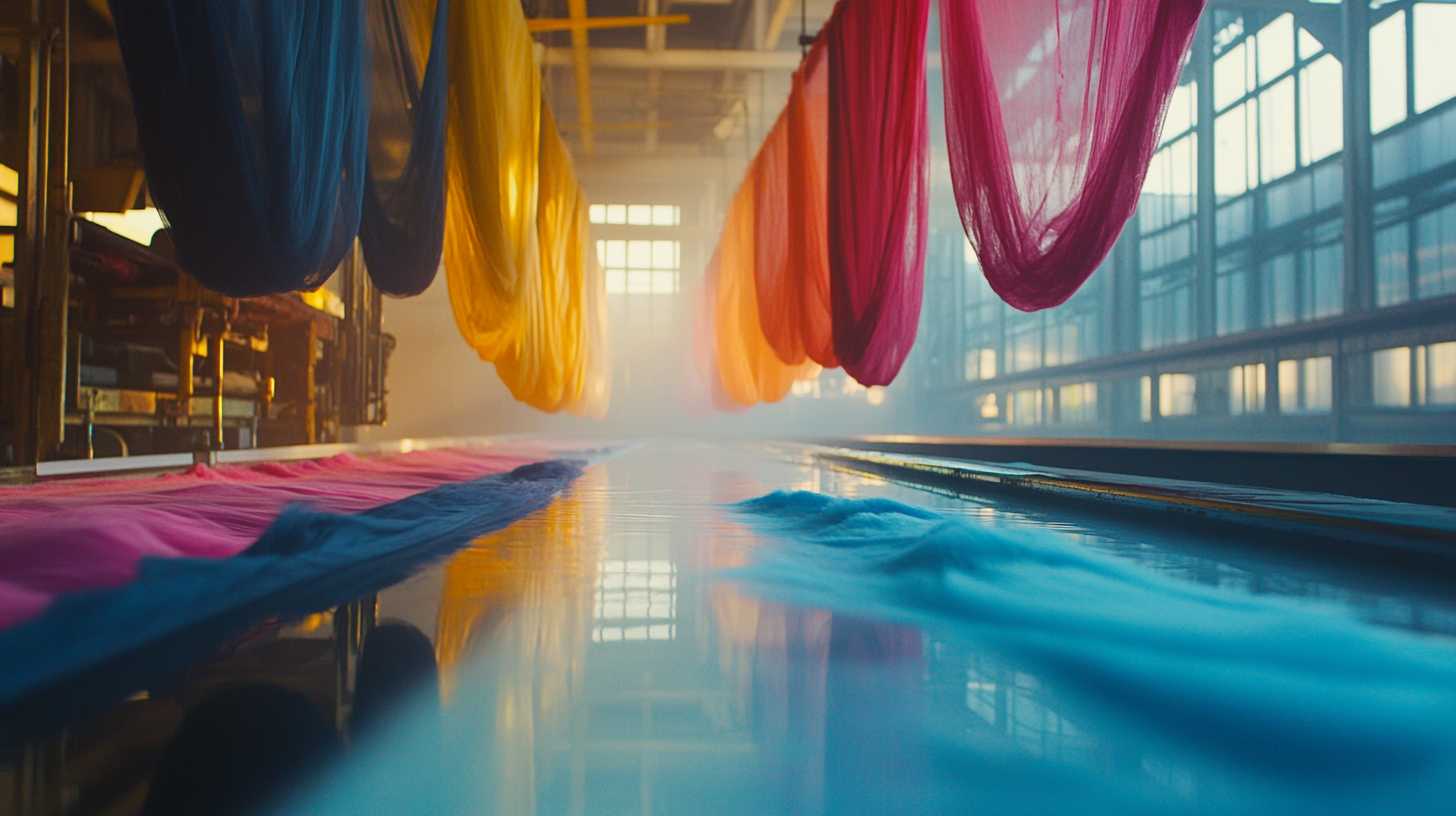
Production and trade sustainability now sit as frontrunners at the doorstep of consumers in the textile market, with pregnant emphasis on primary colorants. As the global fashion industry finds itself contributing about 10 per cent of total greenhouse gas emissions, installation of time urgency towards a move to sustainable practices becomes even more important than ever. With increasing consumerism moving toward more ecological friendly patronage, it is crucial to understand the role of basic dyes in the pursuit for sustainability.
Not all colorants are the same, rather know the common ones. Thus, many traditional dyes, which contaminate environmentally devalued spaces with bad chemicals and other processes, have toxic impacts on many areas of our environment. They usually leave an hygienic, which thus contribute to having alternate processes, by which sustainable alternatives are arrived at utilizing their natural sources and processes that are eco-friendly-lower toxic and waste generation. To give vivid colors while remaining committed to green initiatives, it develops the concept of newer dyeing technology as the marketplace changes.
Going on, the sustainability life cycle necessary for such garments is crucial. It shows that adopting brands using dyes eco-friendly, puts on a bigger footprint towards lowering the environmental capacity of the fashion industry at large. Such decisions will thus only make one's wardrobe better but contribute toward a more sustainable future of the fashion industry. From the environment toward which the billions of dollars spend in fashion have so much power, the value of approbated basic dyes becomes increasingly important in the field of consumer exchange.
Recent marketing research shows that there are some considerable trends with particular implications for the use of basic dyes, highlighting their changing role in the global textile industry. As per the report by Grand View Research, the global basic dyes market is expected to reach USD 1.32 billion by 2027, with a CAGR of 4.1%. Mainly fueled by the demand for synthetic fibers for textiles requiring effective dye solutions, this trend shows a shift emerging towards eco-friendly, high-performance dyes that benefit both manufacturers and consumers following the path of sustainability.
The report also states that Asia-Pacific is the biggest market holder with a robust manufacturing base, while dyed textiles are rising in exports from this region. In particular, China and India are using their technological advancement to manufacture basic dyes according to international standards. More and more consumers are becoming aware of environmental ramifications, thus stimulating manufacturers to become more innovative and to practice greener production processes. This has led to an increased demand for non-toxic and biodegradable basic dyes, enabling innovative manufacturers to stay ahead of this trend.
It's worth noting the role of digitalization in the transformation of dye procurement. With e-commerce platforms on the rise, global buyers can scout for basic dyes, inspect product quality through user reviews, and trace sustainability certifications. This trend towards digital marketplaces is fostering competition and giving buyers the power to make educated sourcing decisions, therefore pushing the industry towards enhanced transparency and accountability.
